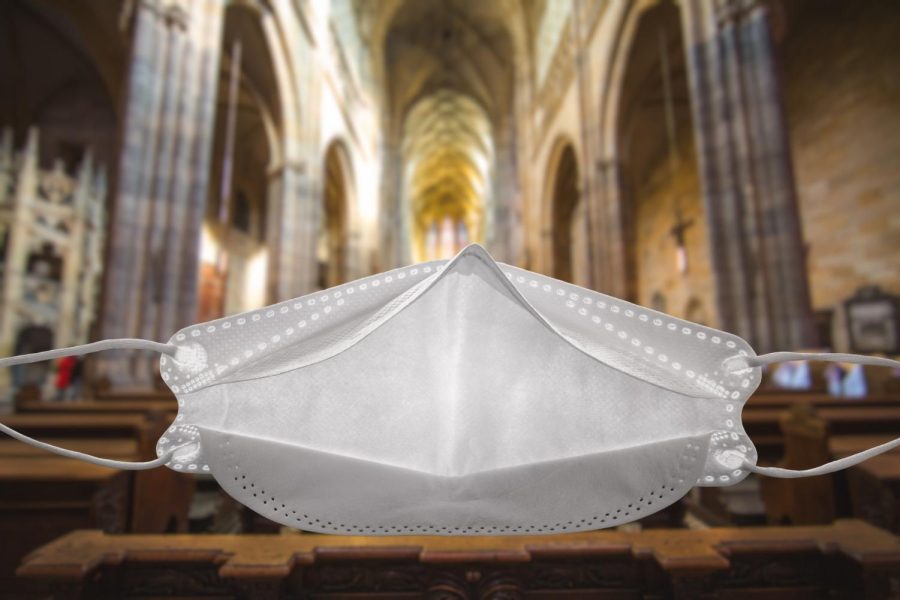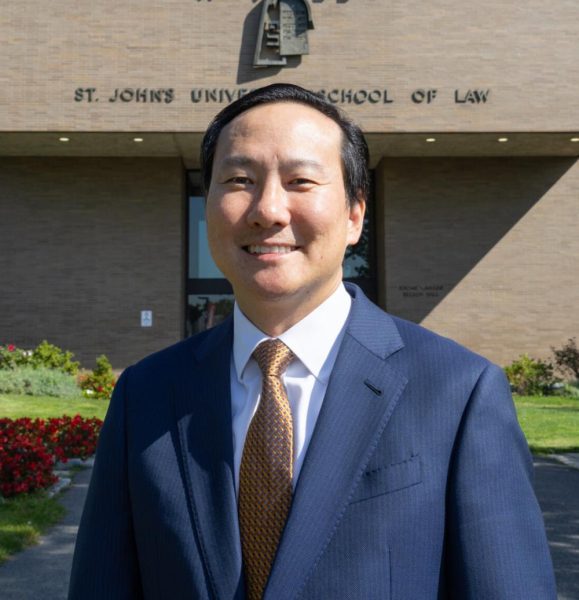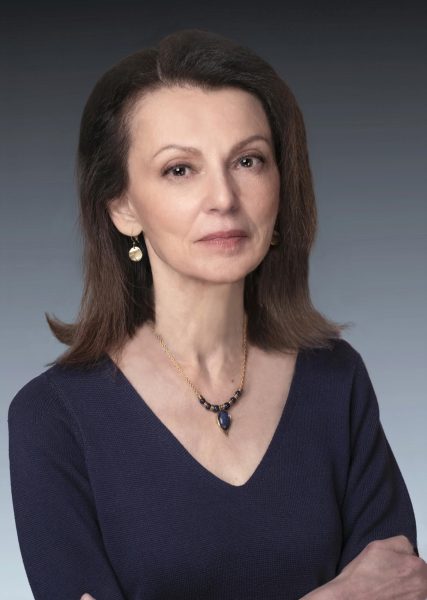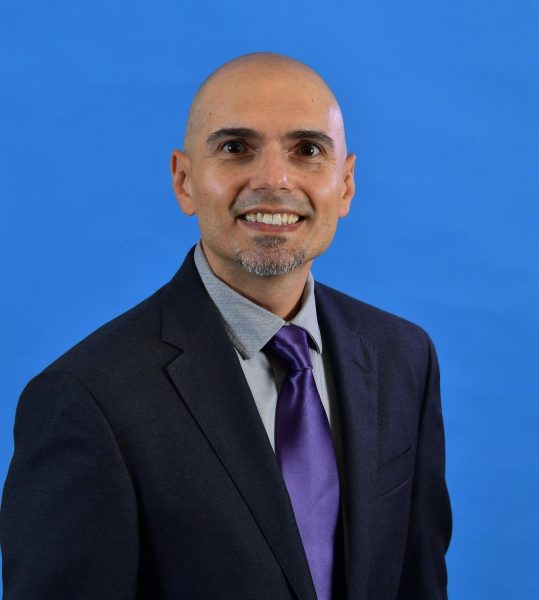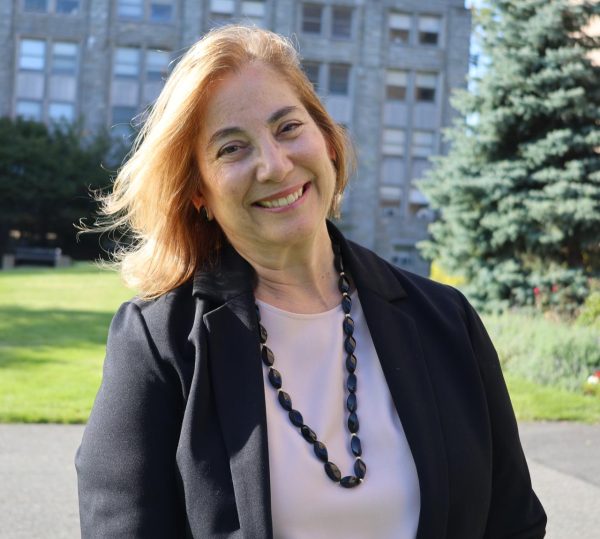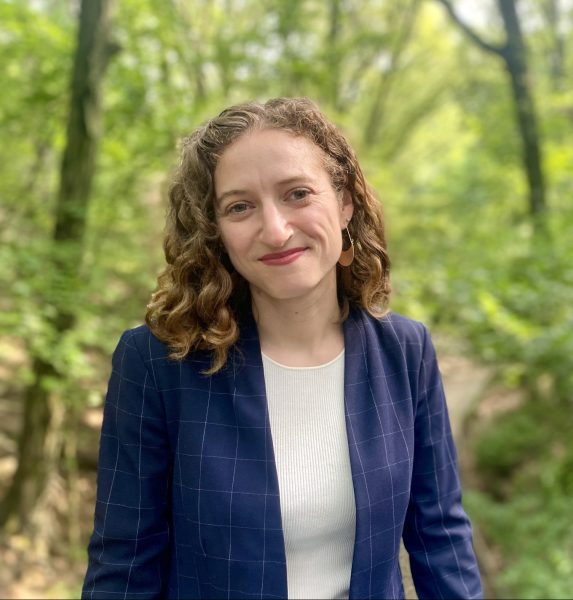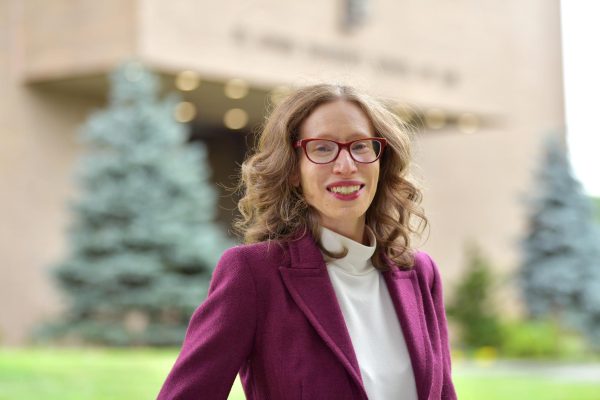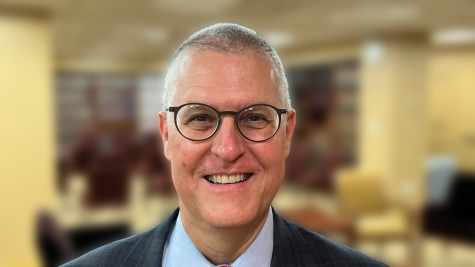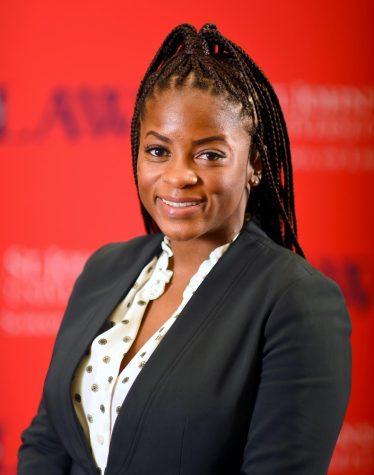Opinion: Restricting Public Worship During Covid: The Response of Courts Across the Globe
A revealing episode
For two years, governmental restrictions on communal worship during the Covid crisis have been a central issue on the law and religion agenda, drawing academic, judicial, and popular attention. Across the globe, governments responded to the pandemic by limiting religious meetings, as well as other public gatherings, in the interest of public health. Predictably, religious organizations objected to these restrictions and filed suit. Courts had to determine whether and to what extent governments could legally restrict communal worship during a public health emergency.
As the pandemic wanes, governments have removed most restrictions on communal worship. Perhaps Covid, much like the 1918 flu epidemic, will ultimately fade from memory, leaving little trace on the law of church and state. But the continuing presence of viral variants suggests that Covid will be with us for some time. Moreover, cases courts decided at the height of the pandemic, from the spring of 2020 to the spring of 2021, merit special attention. As in other contexts, in law, the Covid pandemic has revealed important dynamics that already existed and important trends that were already underway.
Convergence on a common approach
In my State-of-the-Field Essay in the current edition of the Journal of Law and Religion, “Law, Religion, and the COVID-19 Crisis,” I draw two lessons from courts’ responses to pandemic restrictions, one comparative and the other related to U.S. law. A comparative approach is particularly appropriate in this context. Sometimes, legal problems differ in ways that make comparisons tricky; determining whether the problems sufficiently resemble one another can be vexing. In the Covid crisis, however, every court faced precisely the same problem – how to reduce the spread of the novel coronavirus without infringing the right to corporate worship – and did so in an emergency setting where conclusive evidence was unavailable and consequences a matter of life and death. If any legal problems merit comparative analysis, this would seem to be one.
A comparative analysis of courts’ responses to restrictions on communal worship during the Covid pandemic offers something of a surprise. With respect to restrictions on religious freedom, scholars often highlight the differences between the proportionality test that courts outside the United States favor versus the U.S. approach under Employment Division v. Smith, a 1990 Supreme Court decision on the scope of the First Amendment’s Free Exercise Clause. Proportionality analysis calls for judges to weigh the costs and benefits of restrictions, while Smith rejects judicial balancing in favor of legislative supremacy and predictable results.
During the pandemic, however, no matter which formal test they applied, courts across the globe approached the problem in essentially the same way: through intuition and balancing. Naturally, individual judges weighed things differently. Some upheld restrictions; others did not. Some courts ruled differently at different stages of the pandemic as more information about Covid and its transmission became available. The important comparative point, though, is that doctrinal differences had little apparent significance. The pandemic thus revealed affinities between proportionality analysis outside the United States and the U.S. approach — at least in times of crisis.
For example, in a case from Scotland, Reverend Dr. William J U Philip and Others (2021), the court decided that a Scottish ban on public worship violated the proportionality test under constitutional principles and under Article 9 of the European Convention on Human Rights, which confers a right to manifest one’s religion in public, including through worship. The court concluded that a total ban on communal worship was not necessary to achieve the government’s goal of reducing the spread of Covid, especially considering the authorities’ failure to consider less restrictive means, such as limiting the density of occupants. The court relied on intuitive judgments about the relative importance of public worship, the good faith of public health experts, and the level of risk. Decisions at the United States Supreme Court like South Bay United Pentecostal Church v. Newsom (South Bay I) (2020) and Roman Catholic Diocese of Brooklyn v. Cuomo (2020) likewise turned on the implicit, intuitive weighing of similar factors — an enterprise that greatly divided conservative and progressive justices.
Judicial Partisanship and Cultural Divisions in the United States
With respect to the U.S. specifically, the Covid crisis suggests a further lesson, not about affinities but about divisions. Scholars debate the extent to which ideological and political commitments affect judging generally. In the Covid crisis, however, judicial disagreements closely tracked judges’ partisan identities. At the Supreme Court, Democratic-appointed justices consistently ruled against religious plaintiffs in cases testing the legality of restrictions on communal worship. Republican-appointed justices, with one exception, consistently ruled for religious plaintiffs, and the appointment of Justice Barrett to replace the late Justice Ginsburg during the pandemic decisively shifted the Court in their favor. From close decisions acquiescing in restrictions in South Bay I and Calvary Chapel v. Sisolak (2020), the Court switched to close decisions forbidding restrictions in Roman Catholic Diocese, South Bay Pentecostal Church v. Newsom (South Bay II) (2021), and Tandon v. Newsom (2021). In the words of one scholar, when the Court’s “political make-up shifted, so did its stance on COVID-19-related restrictions on religious institutions.”
These partisan divisions should come as no surprise. No completely neutral basis exists for deciding whether the government has restricted religious exercise more than necessary to achieve public health goals. Judges, like the rest of us, naturally strike the balance based on “priors” — commitments and intuitions about the comparative virtues and importance of religious exercise, for believers and for society.
Those priors deeply divide Americans, and our divisions increasingly express themselves in partisan terms. The historical U.S. consensus on the beneficence of religion no longer exists. Americans have not become uniformly irreligious; rather, they have become polarized, and the polarization expresses itself, more and more, in partisan terms. Increasingly, Republicans are the party of traditional believers, especially conservative Christians, while Democrats are the party of Nones and secular Americans. Some exceptions exist. Black Christians strongly identify as Democrats, for example, as do the relatively small number of Americans who consider themselves part of the “Religious Left.” Overall, though, the religious/secular divide between the two parties appears consistently in social surveys.
This partisan divide affects judicial appointments and, through them, judicial decisions. In the free exercise context, one would expect Democratic presidents to nominate judges who sympathize with the secularism that increasingly defines the party and Republican presidents to nominate judges who sympathize with the GOP’s pro-religious orientation. Presidents have a handily differentiated set of candidates from which to choose. Legal elites today are as divided as the rest of the country, if not more, and competing progressive and conservative networks exist to help identify the right people to fill vacancies on the bench. Presidents of both parties can readily select judicial candidates likely to sympathize with their parties’ core commitments.
A partisan pattern clearly appeared in the U.S. cases on Covid restrictions on communal worship. A study by Zalman Rotshchild of more than 100 such cases in the federal courts reveals that not a single Democratic-appointed judge ruled in favor of religious plaintiffs in any of them. By contrast, “66% of Republican-appointed judges” did so, and “82% of Trump-appointed judges.” This partisan breakdown held true at the Supreme Court as well as in the lower courts.
To be sure, the Covid crisis did not cause this polarization, which has been growing for decades throughout the ongoing culture wars. The pandemic has underscored those divisions, however. It has presented difficult questions in a context of great uncertainty and consequence and has required judges to make quick decisions without the benefit of regular briefing or argument. And it has done so in the context of deep social and political dissensus on the value and scope of religious freedom. In this environment, it is not surprising that judges would fall back on their priors and decide cases differently from one another. It is not a wonder that judicial balancing in the Covid cases has been so partisan and controversial. The wonder would be if that were not the case.
Conclusion
Like all pandemics, this one will eventually end. But it has revealed important trends in how our culture (and law, which follows from that culture) negotiates the difficult balance between public order, including public health; and civil rights, including the right to communal worship. Both in the U.S. and abroad, courts ultimately have struck a balance between the competing interests at stake and have relied on intuition and prior commitments. In the U.S., Covid revealed a divide that has made consensual resolution of conflicts over religious freedom increasingly problematic, and perhaps impossible, even during a once-in-a-century pandemic.
Mark L. Movsesian is the Law School’s Frederick A. Whitney Professor of Contract Law and co-directs our Center for Law and Religion. This piece published originally at Canopy Forum on June 24, 2022.

